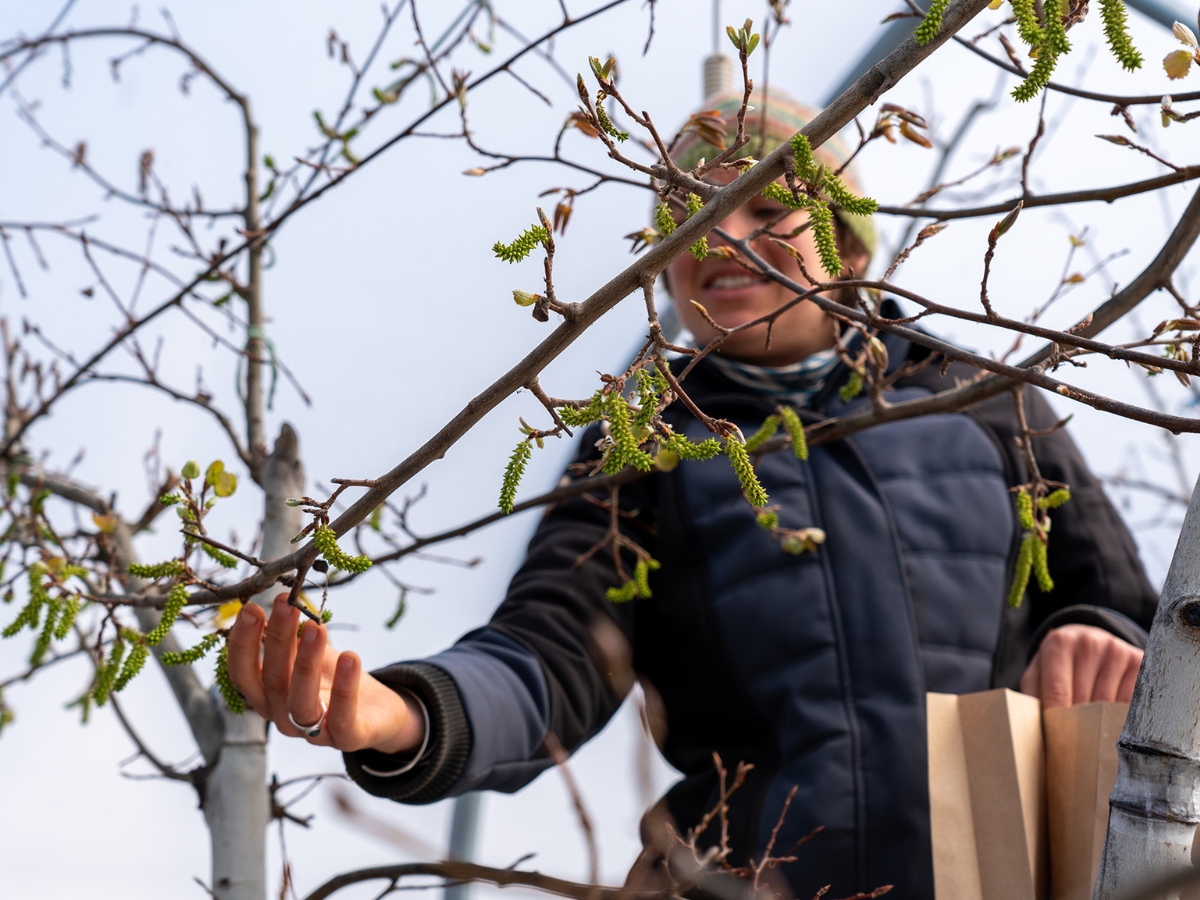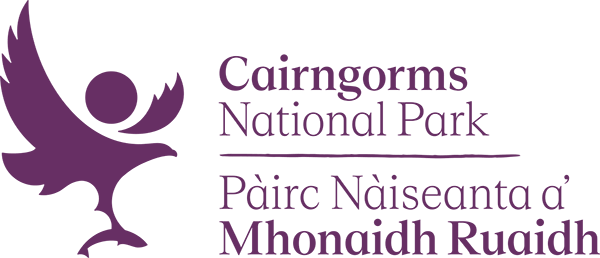Developing a new aspen network in the Cairngorms
A pioneer species, the aspen tree is an essential but rare feature of the Caledonian forest. Trees for Life are working in partnership with the Cairngorms National Park Authority and the Cairngorms Aspen Group to develop an aspen network in the Cairngorms.
Trees for Life will initially work on the development phase which involves mapping the location, condition and health of the current aspen trees in order to identify key sites and management priorities (e.g. fencing, growing and planting plans) for the delivery phase. The mapping will be essential for enabling an effective and strategic approach to aspen conservation.
In Scotland, native aspen trees rarely flower or set seed, and as woodland becomes more fragmented it has less chance of reproducing even when it does flower, leading to a lack of young trees. The conservation importance of aspen was highlighted more than 20 years ago at a conference hosted in the Cairngorms, and the creation of an aspen network is an exciting development which will bring together experts, enthusiasts, and land managers to have a significant positive impact on aspen and save its associated species.
Aims
The project aims to provide a framework to enable the delivery of an aspen network in the Cairngorms National Park. The Cairngorms Aspen Network will help to support the connectivity, continuity and resilience of aspen-rich habitats, boost wildlife, and improve conditions for a range of threatened priority species.
- Develop a framework and strategic plan for a Cairngorms aspen network.
- Identify key sites and engage with individuals, communities and land managers.
- Raise awareness about aspen and its associated wildlife.
- Provide a blueprint for an aspen conservation approach that could be rolled out across Scotland.
Supporting biodiversity
The project will enable the establishment of an aspen network adding to the richness of the National Park by enhancing biodiversity and landscape quality. Aspen is a priority species, and an aspen network will form a key component of the Nature Networks in the Cairngorms.
Many insects, fungi and lichens are dependent on aspen for their survival, such as the aspen hoverfly, dark bordered beauty moth, and blunt-leaved bristle moss. In addition, beavers have been reintroduced to the Spey catchment and aspen has been known to respond from beaver coppicing. When beavers gnaw on aspen, it stimulates the tree to not only send up new growth from the existing root stock, but also the potential to produce seed. This complex beaver-aspen relationship can result in a more abundant and diverse ecosystem along the edges of rivers and waterways.

Working with
The Cairngorms Aspen Network is a collaborative project between the Cairngorms National Park Authority, Trees for Life and the Cairngorms Aspen Group.
Funding for the project is provided via a grant from the Cairngorms National Park Authority.


